
Trade shows are a powerful event, sales and marketing tool that encourages communication, creativity and collaboration. They also allow suppliers and your organization to promote products and services while meeting new audiences and generating interest. Whether you are an experienced event planner or a business looking to showcase your products, successfully organizing a trade show can greatly increase your brand visibility, Attract new customersand generate valuable leads. This guide will walk you through the essential steps of planning, executing, and following up on a trade show.
Introduction to Trade Fair Organization
A trade show is more than just an event, it is a platform for businesses to connect with potential customers, partners and industry leaders. Successful trade fair The key is preparation. From choosing the right venue to coordinating logistics and marketing, every aspect of the event must be carefully planned. A well-organized trade show runs smoothly, impresses attendees, and lays the foundation for future business opportunities.
Planning and preparation
The first step in organizing a trade show is careful planning. Start by determining your goals for the trade show. Are you trying to launch a new product, attract potential customers, or increase brand awareness? Having clear goals will guide the rest of your planning process.
Next, create a budget. Your budget should cover all aspects of your event, including venue rental, marketing, Exhibition booth designstaff and promotional materials. It’s important to allocate funds wisely to ensure you can host a high-quality event without overspending.
Once the budget is determined, choose a suitable date and location. The location should be easily accessible to attendees and have the necessary amenities to support the event, such as ample booth space, good lighting, and reliable Wi-Fi. Make sure the date does not conflict with other major industry events or holidays. Create a project timeline to track tasks and deadlines. Assign responsibilities to team members and set milestones to monitor progress.
Securing exhibitors and sponsors
Exhibitors and sponsors are the backbone of a successful trade show. Start by identifying potential exhibitors who fit the theme and objectives of your event. Present them with a compelling proposal that highlights the benefits of exhibiting at a trade show, such as exposure to your target audience, networking opportunities, and branding.
Create different exhibitor packages that meet different budgets and needs. These packages can include booth space, speaking opportunities, and branding options. Be sure to communicate what each package offers and the associated costs.
In addition to exhibitors, acquiring sponsors is essential to offset costs and enhance the overall trade show experience. Identify companies that are interested in your target audience and market sponsorship opportunities that align with their marketing goals. Sponsors can provide event funding, provide promotional materials, or sponsor specific aspects of the event, such as a welcome reception or keynote address.
Booth Layout and Design
The layout and design of your trade show venue are key factors in creating an engaging and effective event. Well-organized venue planning helps smooth the flow of people, maximizes exhibitor exposure, and enhances the attendee experience.
Start by determining the number and size of booths based on the number of exhibitors and available space. Organize booths to encourage attendees to explore the entire exhibit hall. Consider creating themed areas or zones to group similar exhibitors together, making it easier for attendees to find what they are looking for.
Regarding booth design, exhibitors are encouraged to create displays that are visually appealing and interactive. Booths should be consistent with the company’s image and clearly communicate the company’s product information. Providing interactive elements, such as product demonstrations or touch screens, can help draw visitors to the booth and keep them engaged.
Make sure there are plenty of spaces for people to mingle, such as lounges or breakout areas where attendees can relax and converse. These areas should be strategically placed to encourage people to move through the exhibit space.
Marketing and Promotion
Marketing is critical to the success of your trade show. Without proper promotion, even the best-organized event may fail to attract attendees. Start marketing efforts well in advance to build anticipation and drive registrations.
Develop a comprehensive marketing plan that includes digital, print and social media activities. Leverage your website, email newsletters and social media platforms to promote the event. Create engaging content, such as blog posts, videos and infographics, that highlight key features of the trade show, including keynote speakers, special events and exhibitor presentations.
Expand your reach:
Leverage partnerships with industry publications, influencers, and associations. Consider offering early bird discounts or exclusive incentives to encourage early registration. Create a dedicated event hashtag and encourage exhibitors and attendees to use it in their social media posts to increase awareness.
Remember to create promotional materials for the event, such as banners, flyers, and brochures, which can be distributed at industry events, conferences, and related locations. These materials should be visually appealing and provide all the necessary information about the trade show.
On-site execution
Trade show day is when all your plans come to life. A smooth, well-executed event is key to leaving a positive impression on exhibitors and attendees.
First, set up the venue correctly so that all booths, signage, and materials are in place before the event. Assign a team to assist exhibitors with booth setup and resolve any last-minute issues.
Create a clear schedule for the event, including keynotes, panel discussions, and networking opportunities. Make sure this schedule is clearly communicated to attendees through the event program, mobile app, or digital displays.
Set up a dedicated team to manage attendee registration, assist and answer questions. Ensure all technical equipment (such as audio-visual equipment and Wi-Fi) is functioning properly to avoid interruptions during presentations or demonstrations.
Throughout the event, monitor traffic flow and adjust as needed to avoid congestion in certain areas. Encourage your staff to proactively engage with attendees and resolve any issues that may arise.
Follow up after the event
The work doesn’t end after the trade show. Post-trade show follow-up is critical to maintaining the relationships you’ve built and converting leads into customers.
Start by thanking exhibitors, sponsors, and attendees for participating. Send a personalized email recap of the event including highlights, key takeaways, and links to recorded sessions or materials.
Analyze data collected during your event, such as attendee feedback, lead generation, and social media engagement. This information will provide valuable insights into what went well and what can be improved for future events.
Follow up on leads and contacts made during your event. Whether it’s a simple thank you or a more detailed follow-up message, timely communication will help keep your brand top of mind.
Consider conducting a post-event survey to gather feedback from exhibitors and attendees. This feedback can be used to improve future trade shows and ensure your event continues to meet the needs of your audience.
in conclusion
Organizing a successful trade show requires a strategic approach, attention to detail, and a commitment to providing value to exhibitors and attendees. Following these steps can create a memorable and impactful event that strengthens your brand, builds relationships, and drives business growth. With careful planning and execution, your trade show can become a highlight on your industry’s calendar, attracting attendees year after year.



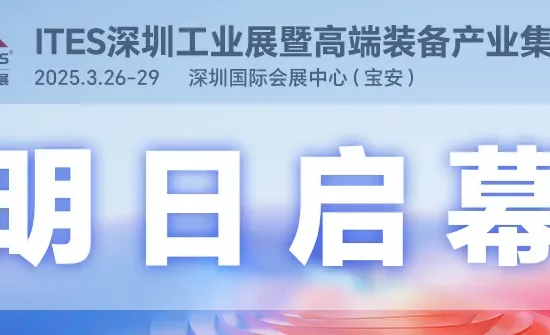


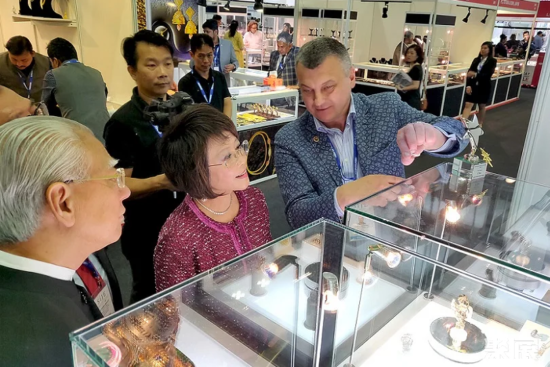
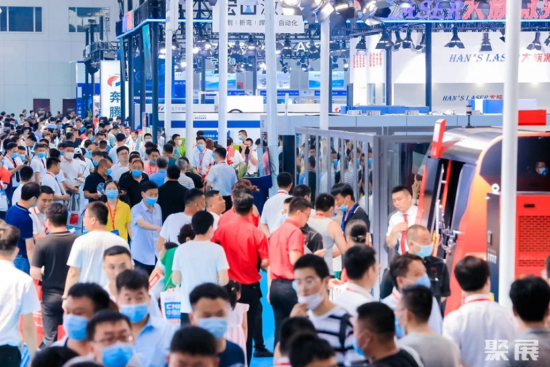
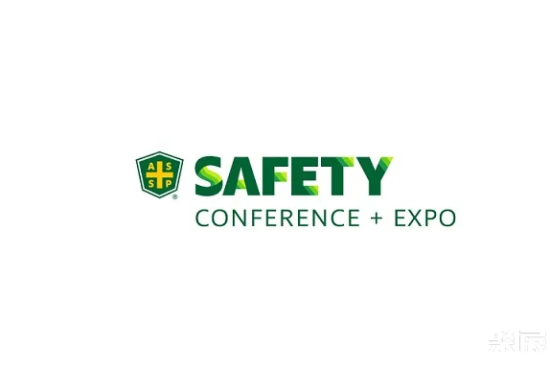
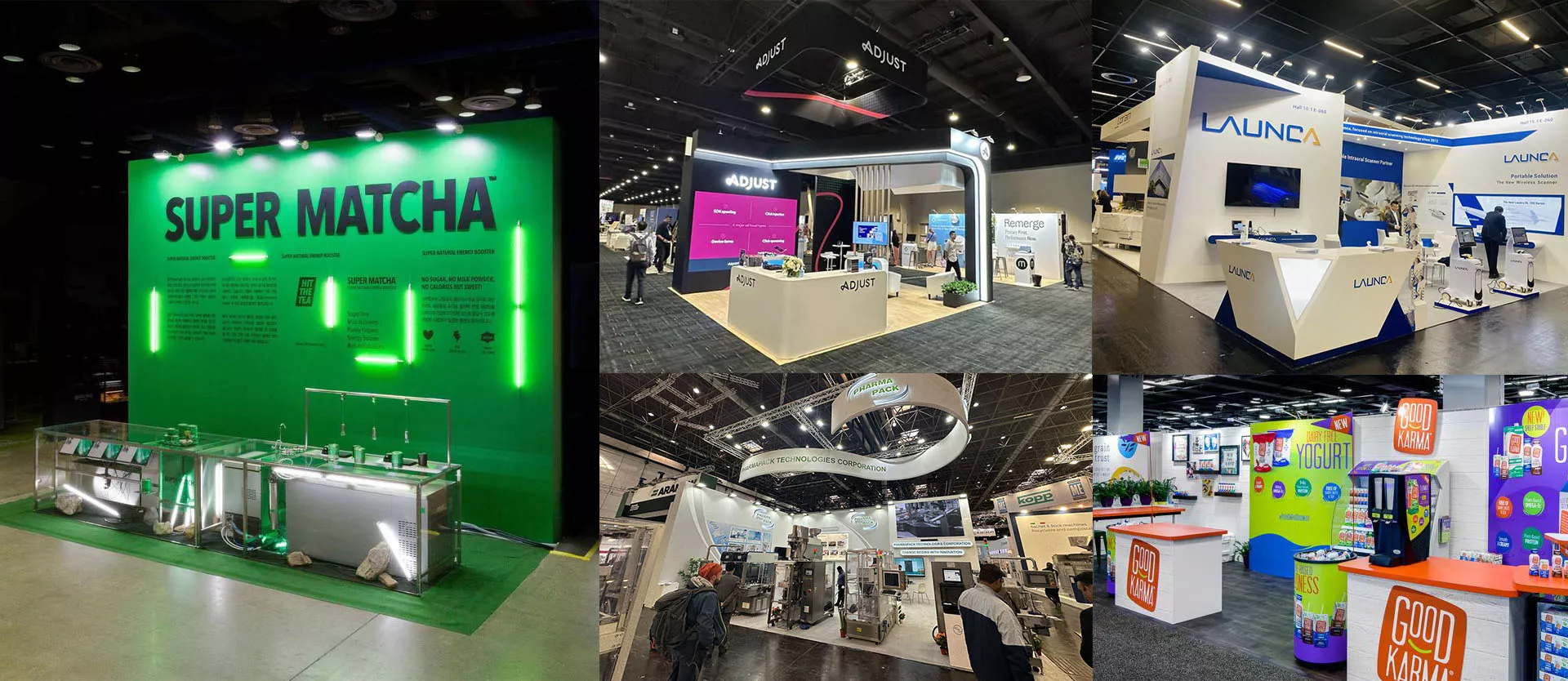
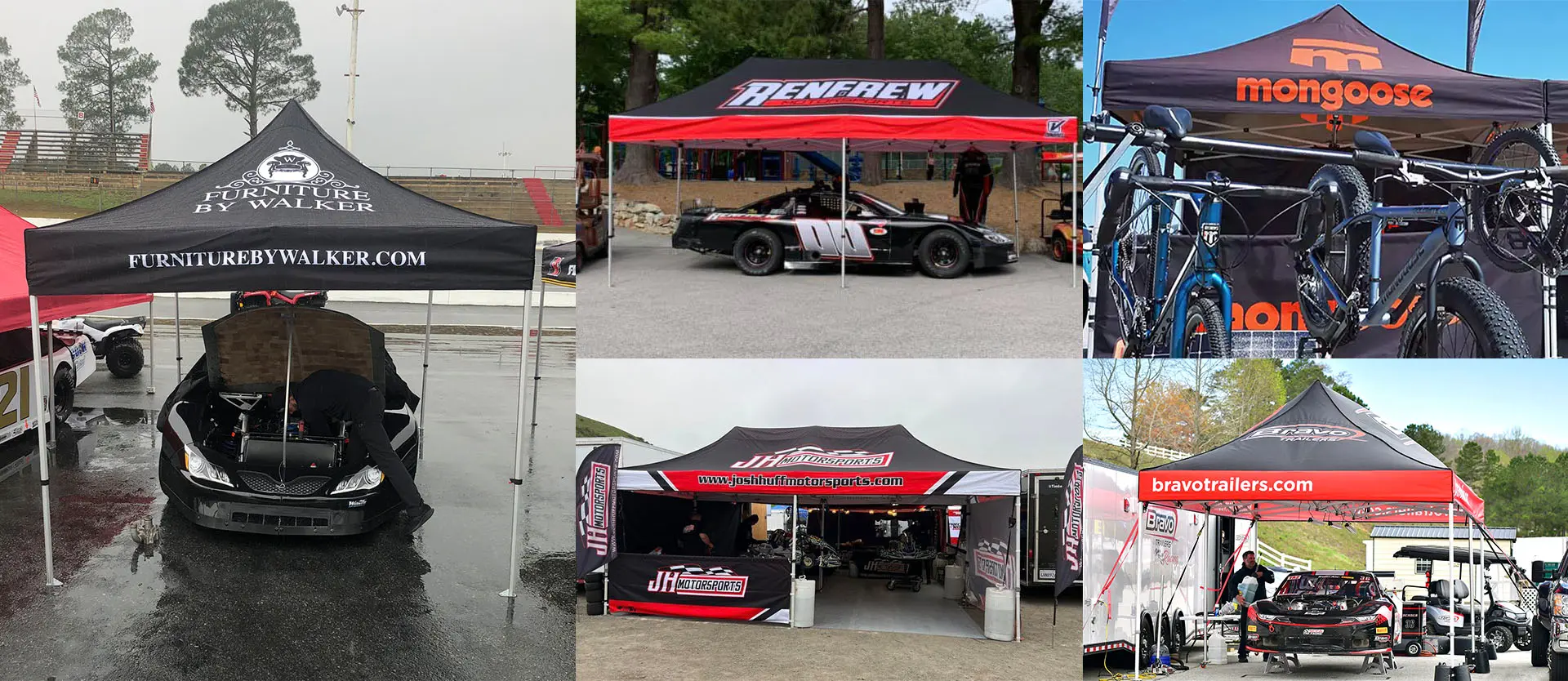
Leave a Reply Cancel reply
You must be logged in to post a comment.